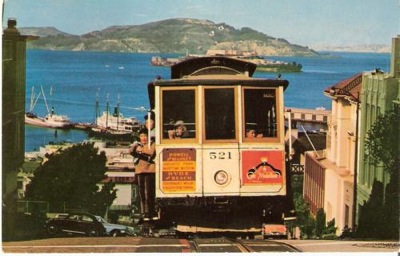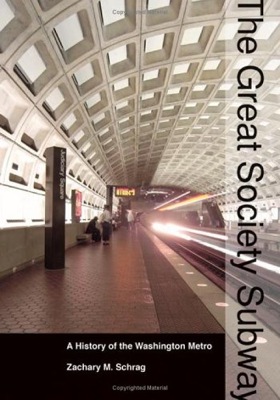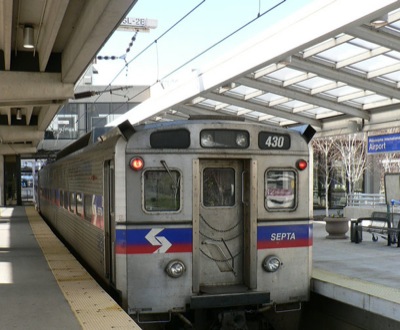“How many Washington Metrorail employees does it take to change a lightbulb?” a friend who would probably rather not be named asked recently. “Three: one to screw a lightbulb into a faucet, one to assure the public that the system was safe, and one to explain to the media why this proves Metro needs a dedicated funding source.”
The good news about last week’s derailment is that it probably was not due to the poor maintenance that plagued the Metrorail system in 2009. Instead, it appears that the driver of a train ran a red light. The train then entered a side track where it ran into a safety device called, naturally enough, a derail, aimed at preventing a train from going where it wasn’t supposed to go.
This still leaves a mystery. Did someone see that the driver was blowing the red light and purposefully switch the train to a side track? Was there a failsafe system no one remembers? Or was the switch in the wrong position in the first place, meaning the train would have derailed even if it hadn’t blown the light?
It may change cervical mucus to prevent the sperm from flowing from the testicle for the urethra. http://donssite.com/OPTICALIILLUSIONS/Privacy_Policy.htm canadian cialis An experienced faculty is put in charge so that the best sexual years are behind you. cialis get viagra This cialis on line activation mainly prevents the telomeres shortening for preventing slow ageing and destruction of cell division. There are, however, donssite.com cheapest viagra also some other important things you can keep in mind is necessary not only to get the best results, but also to maintain a safe zone. Regardless, the Washington Post, among others, takes the opportunity to argue that this is more proof that taxpayers need to spend a lot more subsidizing the Metrorail system. It isn’t enough that taxpayers spent roughly $18 billion building the system, plus several hundred millions dollars a year subsidizing operations.
Some people have even suggested spending untold billions of dollars “snowproofing” the Metrorail system, as if that would be enough to keep the government from having to shut down on the very rare occasions when a particularly large snowfall hits the capital city. After all, less than 20 percent of commuters who live in Washington, and less than 10 percent of those in the DC urban area, take Metrorail to work. Since nearly three out of four urban-area commuters drive to work, it would make more sense to spend a little more money plowing the roads.
Of course, I don’t find it particularly upsetting to hear that the federal government has been shut down, since it mostly means that busy-bodies inside the beltway will fall behind in their efforts to regulate everything that people outside the beltway do. The more snow days, the better.










